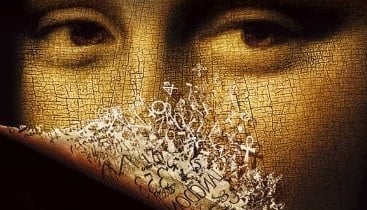This year, and this month of this year, mark 1700 years since the Council of Nicaea. On May 20, AD 325, the Emperor Constantine opened the Council with an address to the 318 bishops assembled. He was not a bishop and thus not a voting member of the council, but it was he who had urged the bishops to come together to sort through what was becoming an urgent problem in his empire.
Login to read more
Sign in or create a free account to access Subscriber-only content.
Topics:
